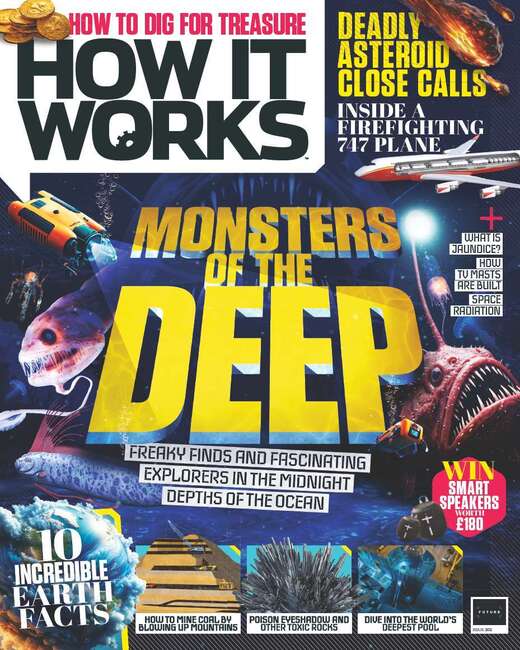
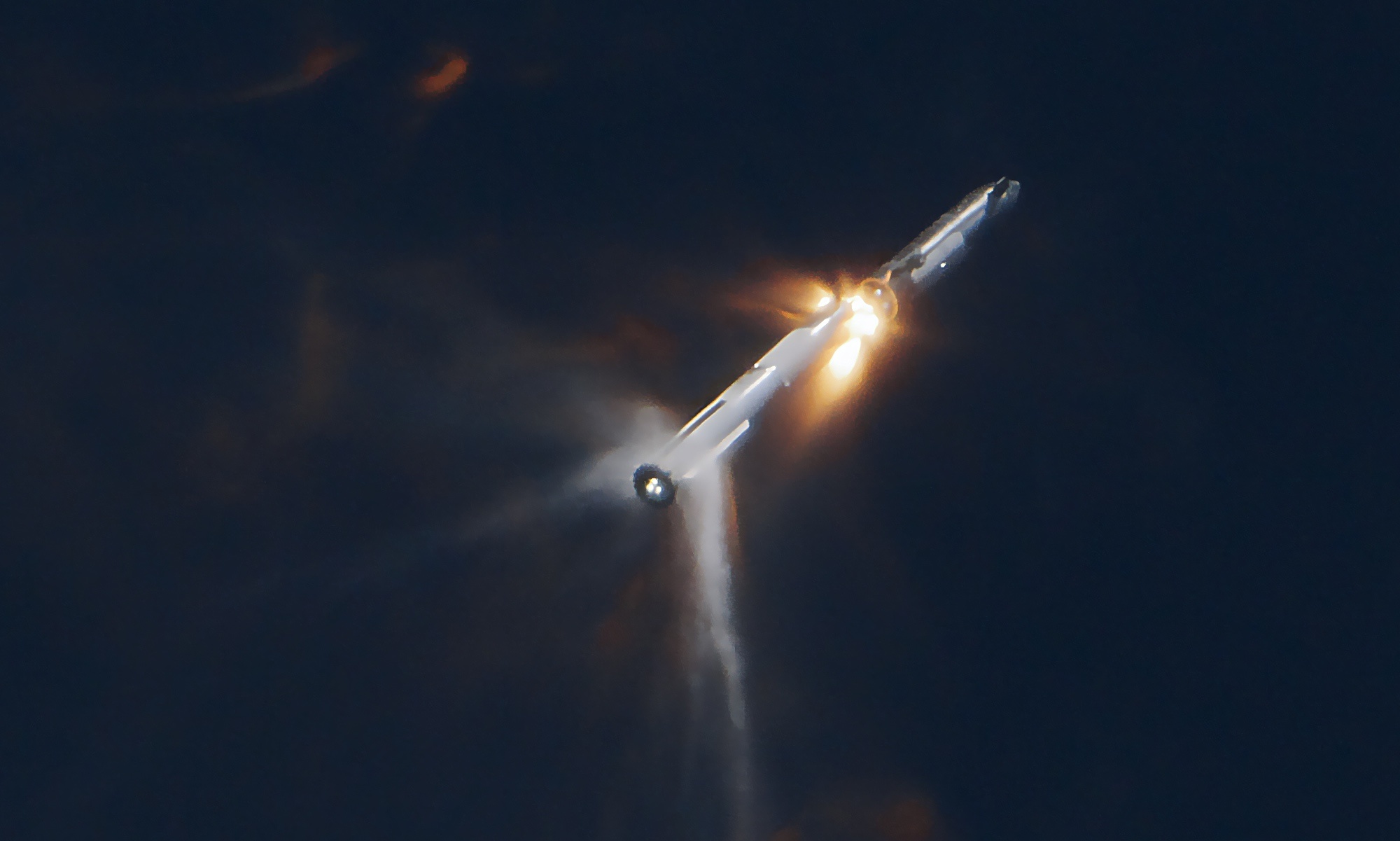
On November 18th, we saw the second test of SpaceX's Starship and SuperHeavy booster. While the combined rocket stack got off the ground and didn't tear its launch pad apart, the booster and Starship failed to complete their full flights. At a recent SpaceX event, Elon Musk explained that Starship exploded because it was venting oxygen near the end of its burn. It was doing that to compensate for a lack of payload, so in theory, it's an easy enough fix for next time.
Read the full story by Mark Thompson

🦄 If you enjoy what we do at Universe Today, join our Patreon Club! Here are just some of the perks you can get by subscribing:
- I'll remove all ads on UniverseToday.com for life, even if you unsubscribe in future
- You'll get ad-free versions of our videos, so you won't even have YouTube ads
- Early access to interviews, which we now do in improved quality
- A secret Patreon Email Newsletter
- Access to Patreon-only AMA session once per month
- Behind the scenes and other bonus content
- Help us stay independent and support the team directly
Support Universe Today. Join the Club Now!
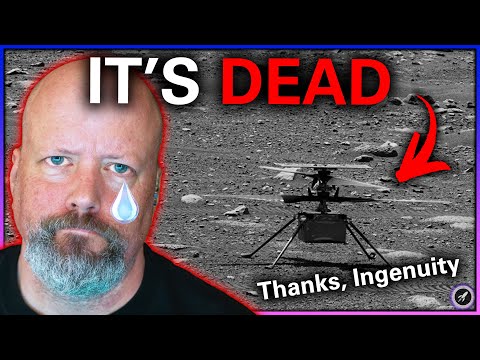
Ingenuity is over. SLIM landed on the Moon, but it's upside-down. Webb sees planets orbiting white dwarf stars. And we finally know why Starship exploded.
🎧 Subscribe to our podcasts:
- Universe Today Podcast. Space news, interviews, Q&As, and exclusive content from Universe Today.
- Astronomy Cast. Your weekly facts-based journey through the cosmos, which I co-host with astronomer Dr. Pamela Gay.
Upcoming Shows:
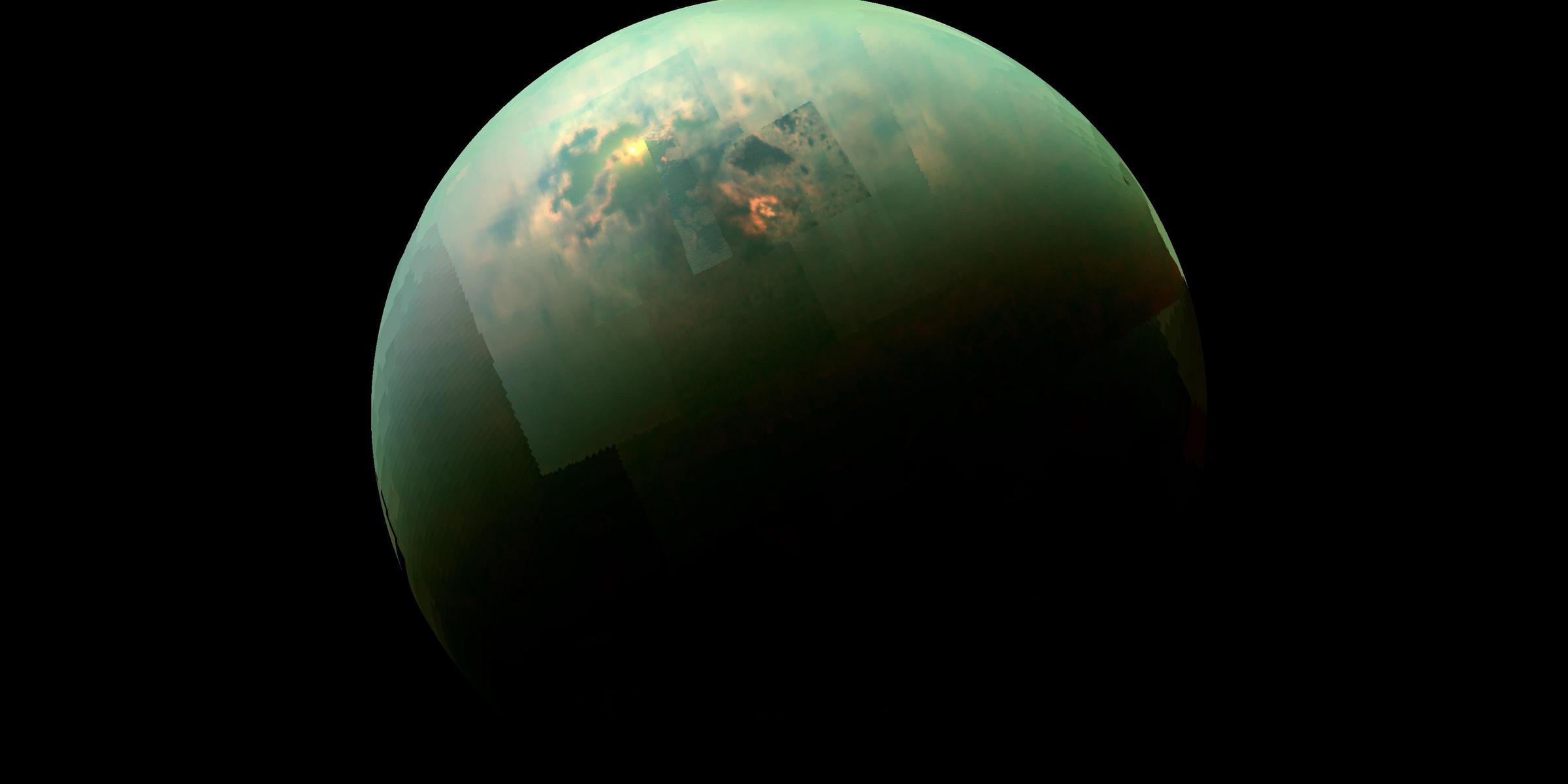
Your body's cells use water to dissolve chemicals. It's the same with all life on Earth. But could other fluids work as a solvent? A new paper reviews the potential for different liquid solvents to support life and proposes some surprising candidates, like liquid carbon dioxide, ammonia, and even concentrated sulfuric acid. Each of these solvents is liquid in dramatically different conditions, helping expand the possibilities for life as we don't know it.
Read the full story by Brian Koberlein
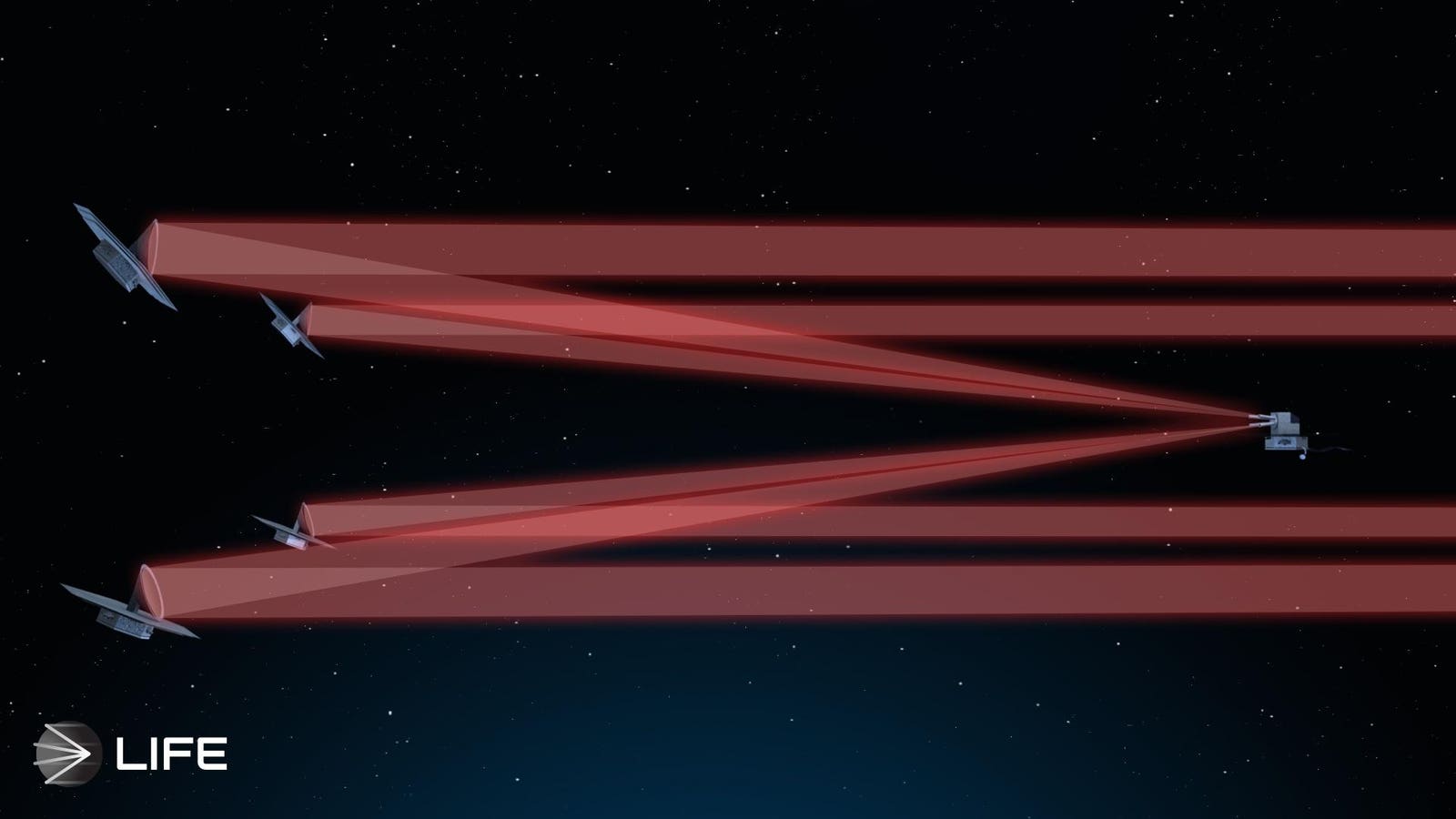
JWST has shown that it can detect various chemicals in the atmospheres of other worlds, from water vapor to carbon dioxide. Although it's an incredible demonstration of the telescope's power, it wasn't designed for only this job. The Large Interferometer for Exoplanets (LIFE) is a next-generation space telescope under consideration by ESA. According to a new paper, this telescope could detect rare biosignatures like laughing gas within a few days of study.
Read the full story by Brian Koberlein

A crew of four private astronauts blasted off to the International Space Station on Thursday, carried into space in a Crew Dragon capsule atop a SpaceX Falcon 9 rocket from Cape Canaveral. Designated Axiom Mission 3 (Ax-3), the team will spend about two weeks conducting various research projects, educational outreach, and commercial activities on the station. They're expected to come home on Feb. 3rd.
Read the full story by Mark Thompson

When we'll be sending probes to other stars, getting there will be only one part of the challenge. How do we get the data back? So, NASA just funded a research that will be aiming to solve this problem through the NIAC program.

Like most galaxies, the Milky Way contains a supermassive black hole at its heart. Although it's quiet today, it wasn't in the past, many black holes are seen actively feeding on material and blasting radiation into space. Now, astronomers have found what seems to be the earliest active black hole ever seen, when the Universe was just 400 million years old. The galaxy is designated GN-z11 and imaged with JWST, revealing outflows of material blasting into space.
Read the full story by Carolyn Collins Petersen
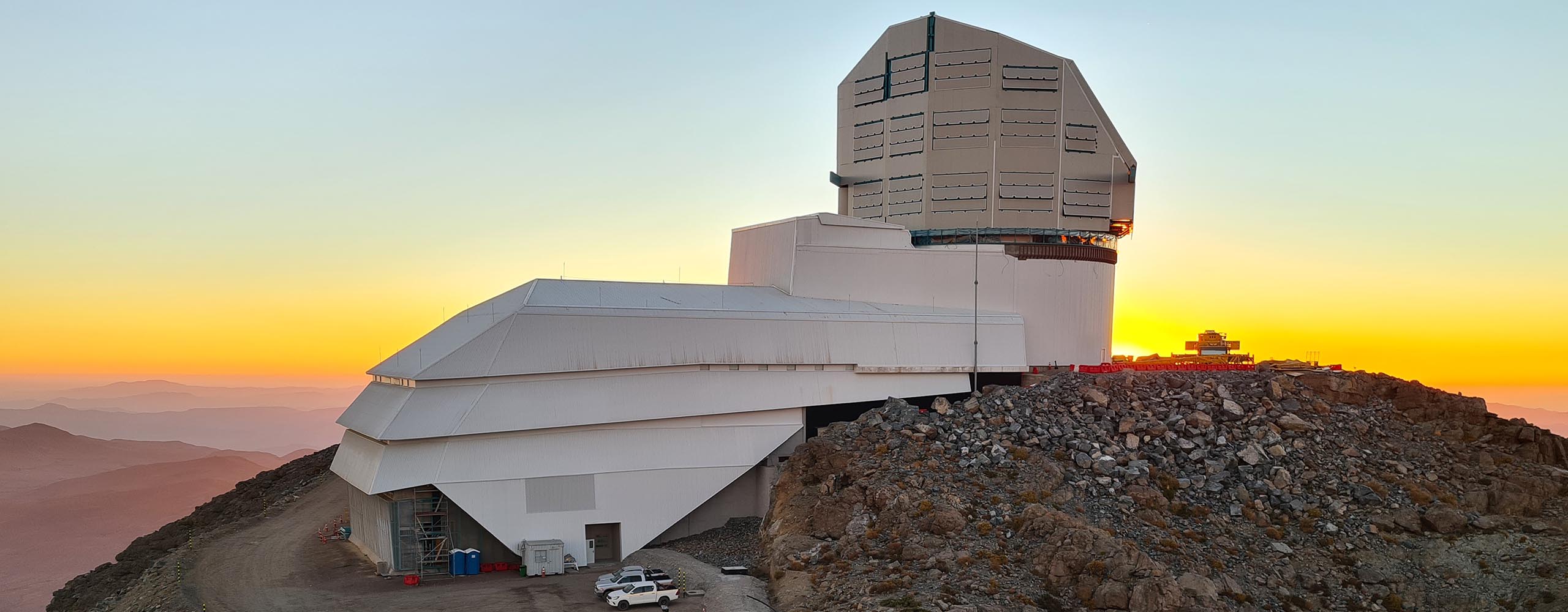
It's been a long time coming, but the Vera C. Rubin Observatory is expected to see first light at the end of this year. When it comes online, it'll see the entire southern sky every three nights, revealing everything that changes from night to night. A new paper highlights some interesting things that could be discovered within the Solar System, like interstellar objects, near-Earth asteroids, and, if it's out there, Planet 9.
Read the full story by Evan Gough
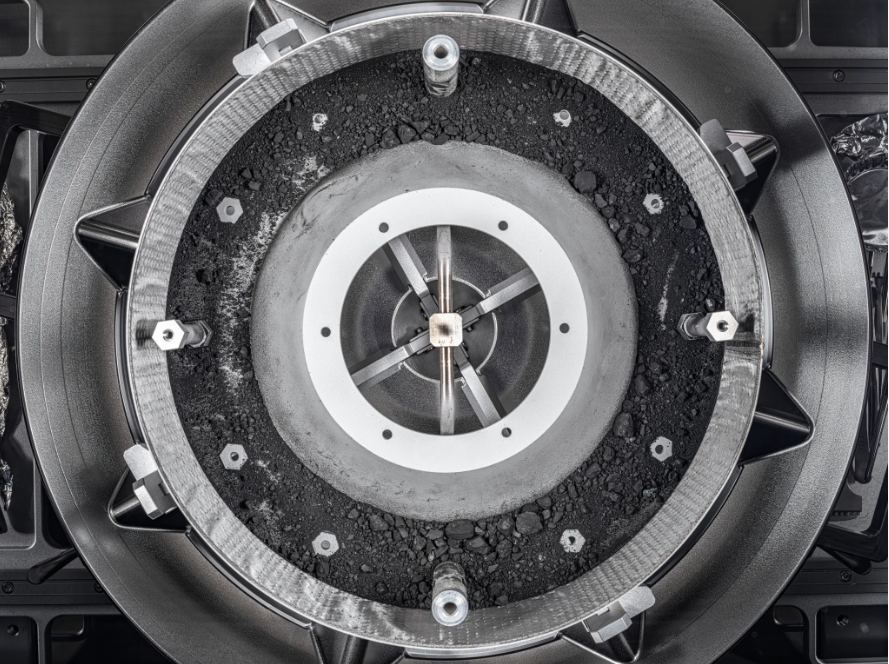
NASA's OSIRIS-REx spacecraft flew to asteroid Bennu, touched down, retrieved a sample, and brought it back to Earth. But there was a problem. Two of the sample container's fasteners had cold-welded shut, and none of the approved tools could open up. Scientists made new tools, cracked the capsule open, and now have access to much more asteroid material. They'll begin sharing it with scientists shortly.
Read the full story by Evan Gough

Water is the most common chemical molecule in the Universe, made from hydrogen and oxygen. Hydrogen is the most abundant element in the Universe, formed shortly after the Big Bang. Still, the oxygen comes from the generations of stars that came after, enriching starforming nebulae as they died. Thanks to these elements and how well they combine, there's plenty of water across the Universe.
Read the full story by Paul M. Sutter

Astronomers discovered a rocky exoplanet in the habitable zone of Proxima Centauri, the closest star to the Sun. Could there be life there? The European Southern Observatory's 39-meter Extremely Large Telescope is under construction and expected to be completed in the next few years. Could this mighty observatory see evidence of biosignatures in the reflected light from the planet?
Read the full story by Brian Koberlein

On January 19th, NASA explained in a blog update that it had lost contact with the Mars Ingenuity helicopter shortly after it completed its 72nd flight. After flying dozens of times beyond its expected lifetime, it's just a matter of time before we lose contact forever. Fortunately, NASA followed up late Saturday night, stating that they had restored contact with Ingenuity by using the Perseverance rover to search for the helicopter's signal.
Read the full story by Nancy Atkinson

In 2010, astronomers recorded an exceptionally bright supernova appearing in the small galaxy UGC 5189A, located about 150 million light-years away in the constellation Leo. As the world's telescopes turned to watch the unfolding destruction, they measured its energy output over three years to be the equivalent of 2.5 billion times the Sun's energy over the same time. Although the supernova is gone, the Hubble Space Telescope continues to observe the detonation site.
Read the full story by Evan Gough
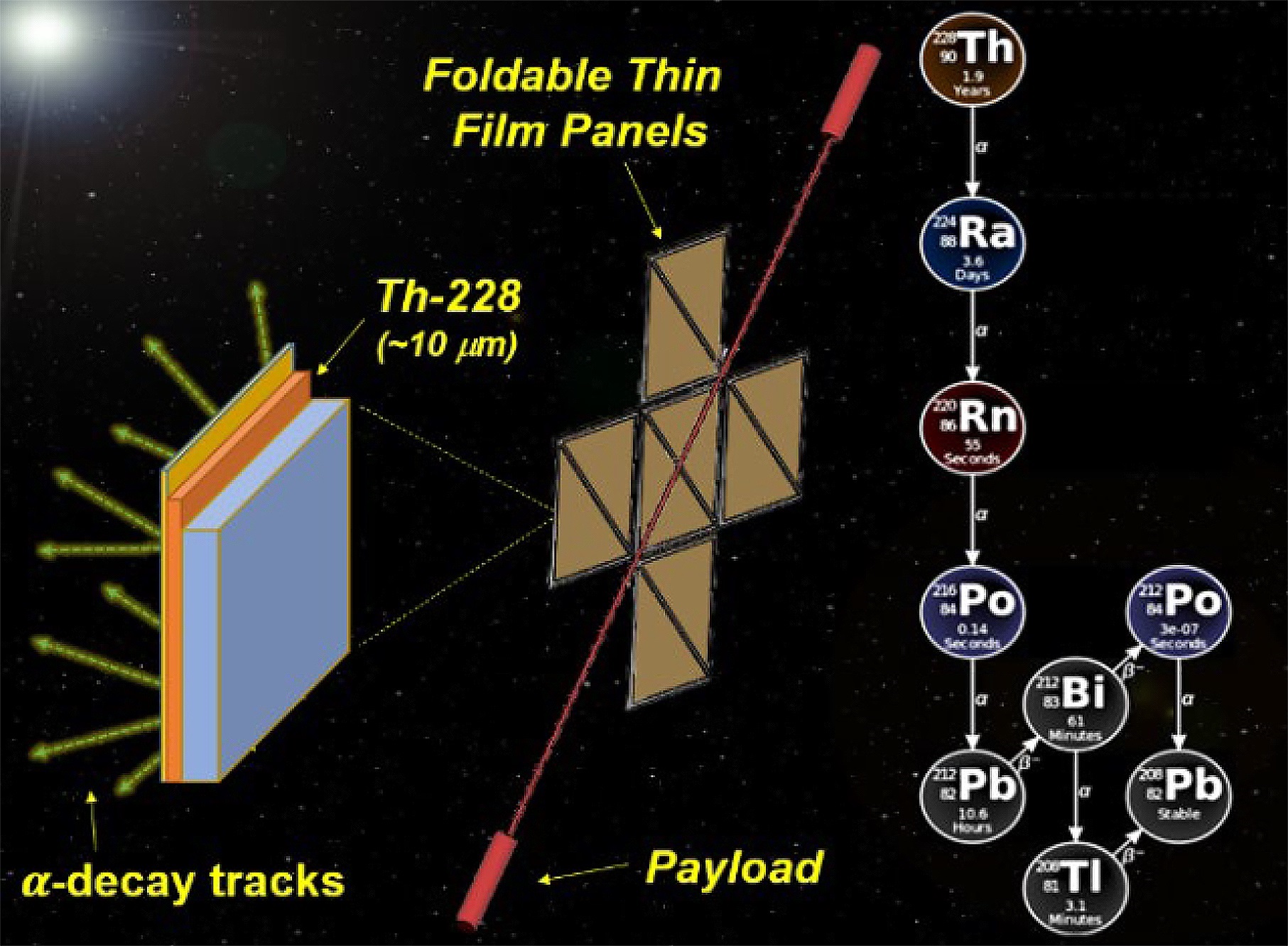
Chemical rockets have been around for decades and work well near Earth. But if we want to travel across the Solar System, we'll want something faster. A new NASA NIAC grant is for a Thin Film Isotope Nuclear Engine Rocket (TFINER), which uses the decay of radioactive isotopes to generate propulsion. It would look similar to a solar sail but have thin sheets of thorium-228. As the thorium decays, the particles impart a thrust on the sail, accelerating the spacecraft.
Read the full story by Matt Williams

NASA's Voyager 2 was the only spacecraft to give us close-ups of Uranus and Neptune images. We've got some good images from Hubble and JWST, but it's not the same as a flagship orbiter that could explore the planets. In a new paper, planetary scientists reveal their outstanding science questions, key measurements, and instrument suggestions for a mission to Uranus. As we learn more about this world, we'll gain insights about
Read the full story by Mark Thompson

Poor Mars. The planet is a dusty, cold desert today, but billions of years ago, it was warmer and wetter. Why did Mars die? Unfortunately, Mars only has 11% of the mass of Earth, which means that its core cooled off quickly and shut down its geomagnetic field. Without a magnetic field, it couldn't protect its atmosphere from the solar wind, losing hydrogen to space and making the planet cold and dry.
Read the full story by Paul M. Sutter

On Friday afternoon, Chinese aerospace firm LandSpace tested their new Zhuque-3 reusable methane rocket. The booster blasted off, flew for about 60 seconds to a height of 350 meters, and landed about 100 meters away on a landing pad. According to LandSpace, this prototype tests out the key technologies that'll be used for its upcoming reusable rocket. The prototype is 3.35 meters in diameter and 18.3 meters high, roughly the same width as a Falcon-9, but 1/4 the height.
Read the full story by Mark Thompson

One of JWST's big tasks is to help astronomers understand how the early Universe came together, with dwarf galaxies merging into larger, more mature galaxies. Supermassive black holes at these galaxies' hearts also grew, shining as quasars within the first billion years. A new paper uses several extragalactic surveys by JWST to find dozens of compact galaxies that seem to host faint quasars as young as 650 million years after the Big Bang.
Read the full story by Brian Koberlein

How can we possibly know how does the Milky Way look like? Is Marth worth further exploration after not finding any life there for years? How can we realistically settle on the Moon? All this and more in the week's Q&A show.
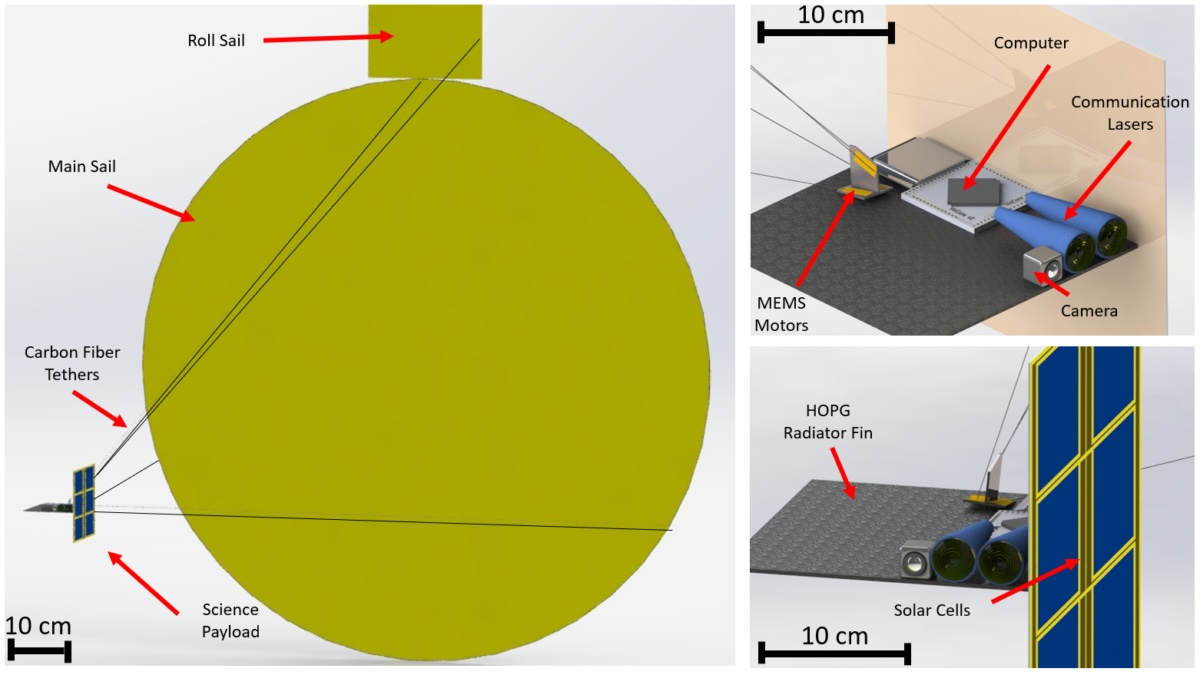
We've only explored a fraction of the worlds in the Solar System and even fewer of its asteroids and comets. A new paper suggests building vast fleets of low-cost, autonomous spacecraft using light sails for propulsion. These would weigh about 10 grams but still have enough cameras and science instruments on board to explore asteroids, comets, and more. A single rocket launch could deploy thousands of sailcraft.
Read the full story by Evan Gough

We're in a golden age of astronomy, with astronomers identifying over 5,500 exoplanets orbiting other stars. Apart from their curiosity, why do astronomers study exoplanets? By learning about other planets, we'll learn how similar the Solar System is to other systems. And if we're lucky, we may even find evidence of life on other worlds, telling us once and for all that we're not alone in the Universe.
Read the full story by Laurence Tognetti

Venus is a little smaller than Earth, with roughly the same mass and chemical composition as ours. It orbits the Sun within the habitable zone, where liquid water, in theory, could exist on its surface. And yet, Venus is a hell-world, with extreme temperatures and pressures on its surface. What happened to Venus to turn it into such an unforgiving environment? It had the perfect conditions for a runaway greenhouse effect.
Read the full story by Paul M. Sutter
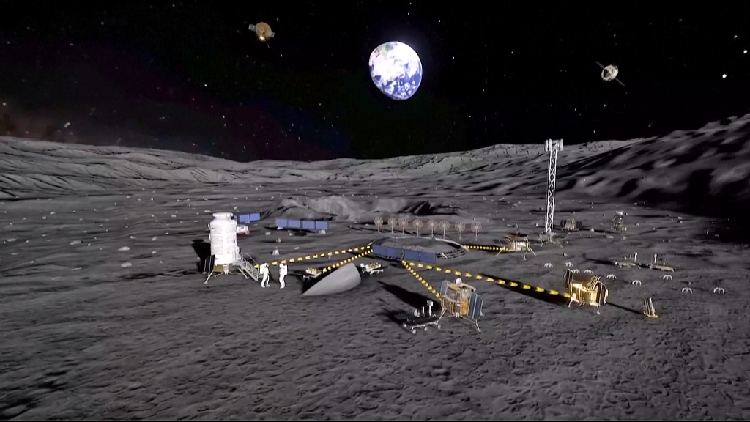
China has sent a series of landers and rovers to the Moon, most recently returning a sample to Earth. This week, we learned more about its next two missions and how they're going to be helping to explore the Moon's south pole and deposits of water ice. Chang'e-6 will launch in a few months, collecting samples from the far side of the Moon. Chang'e-7 launches in 2026 to the Moon's south pole with 18 research payloads and will search for water ice in a shadowed pit.
Read the full story by Mark Thompson

In November 2023, the monster iceberg A23e finally dislodged from the seafloor and began freely floating in the Antarctic Ocean. A series of satellite images show that the mighty iceberg is now heading away from Antarctic waters, seeking fame and fortune in the high seas. The iceberg measures 4000 sq km in area and is over 280 meters thick. Its first path will be the Antarctic Circumpolar Current heading towards South America.
Read the full story by Nancy Atkinson

While the surface of Venus is a hostile pressure cooker, the upper atmosphere is relatively hospitable, with reasonable temperatures and pressures. However, there is one significant problem: its clouds are made of sulfuric acid. Researchers tested 20 biogenic amino acids in the same concentration of sulfuric acid found on Venus. They discovered that 19 of these acids remained unreactive in that hostile environment and might even use sulfuric acid as a solvent.
Read the full story by Laurence Tognetti
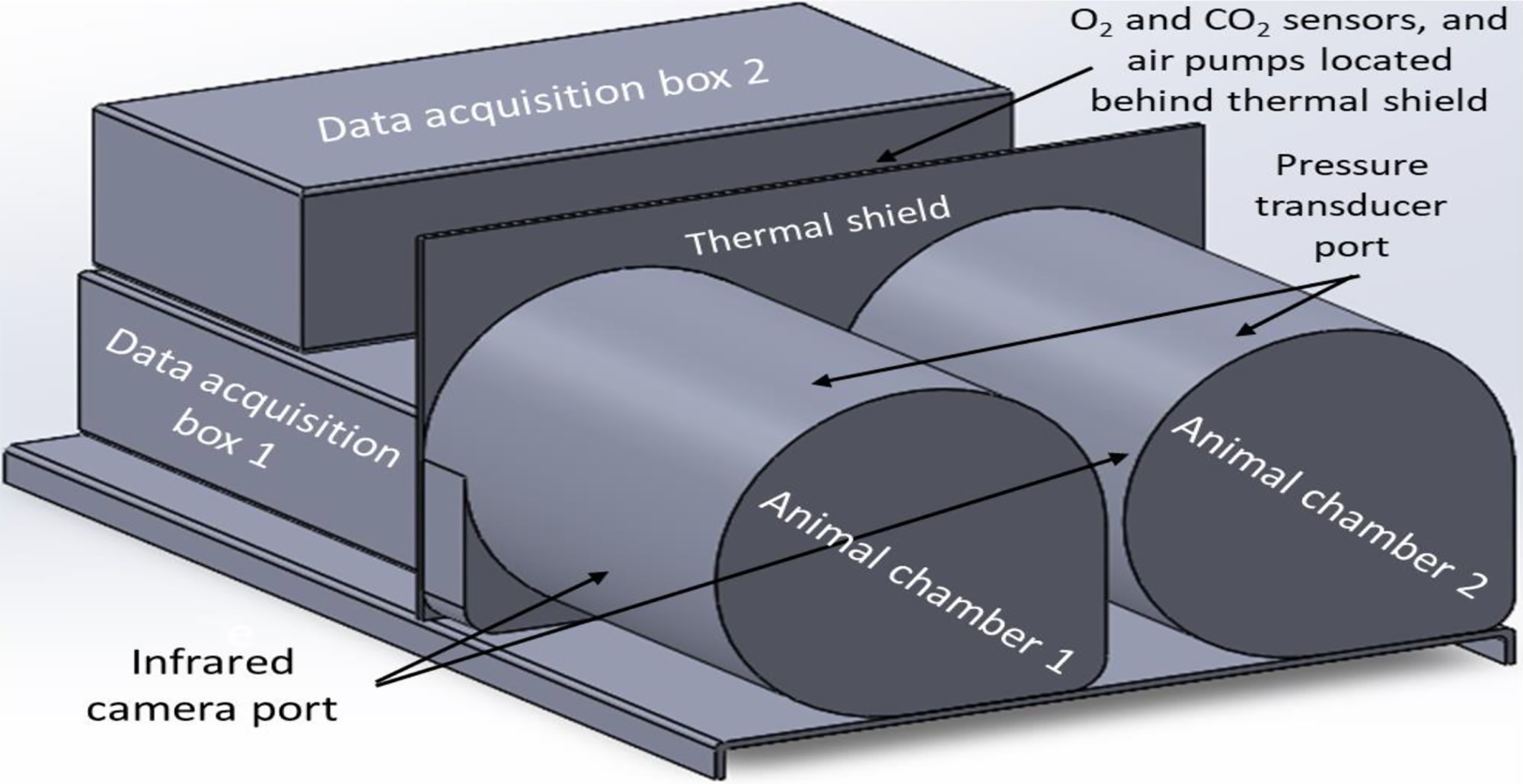
Going to and from the Moon only takes a couple of days. But what happens when astronauts need to spend weeks or even months in space, traveling from world to world? NASA thinks we could learn how to spend long journeys in space from hibernating animals. A new NIAC grant has funded the investigation into how some mammals can go into torpor, reducing their breathing, heartbeat, and digestion to survive through the winter. Could astronauts do the same?
Read the full story by Matt Williams

On January 20th, asteroid hunter Krisztián Sárneczky detected a small asteroid on a collision course with Earth. He sent his data to the Minor Planet Center and continued tracking its position to determine with 100% that it would hit Earth. An automated alert went out, and astronomers were able to join the hunt, predicting that the asteroid would strike about 50 km west of Berlin, Germany. These asteroids are small and harmless and hit Earth every few weeks.
Read the full story by Mark Thompson

Today, NASA announced the end of the Ingenuity helicopter mission on Mars. After its most recent flight, it damaged at least its rotor blades and can no longer take to the air. It was originally only supposed to complete five flights within 30 days, but went on to fly more than 72 flights, going 14 times farther than its original goals and spending more than two hours in the air. It showed that future missions to Mars should always bring along a helicopter.
Read the full story by Mark Thompson
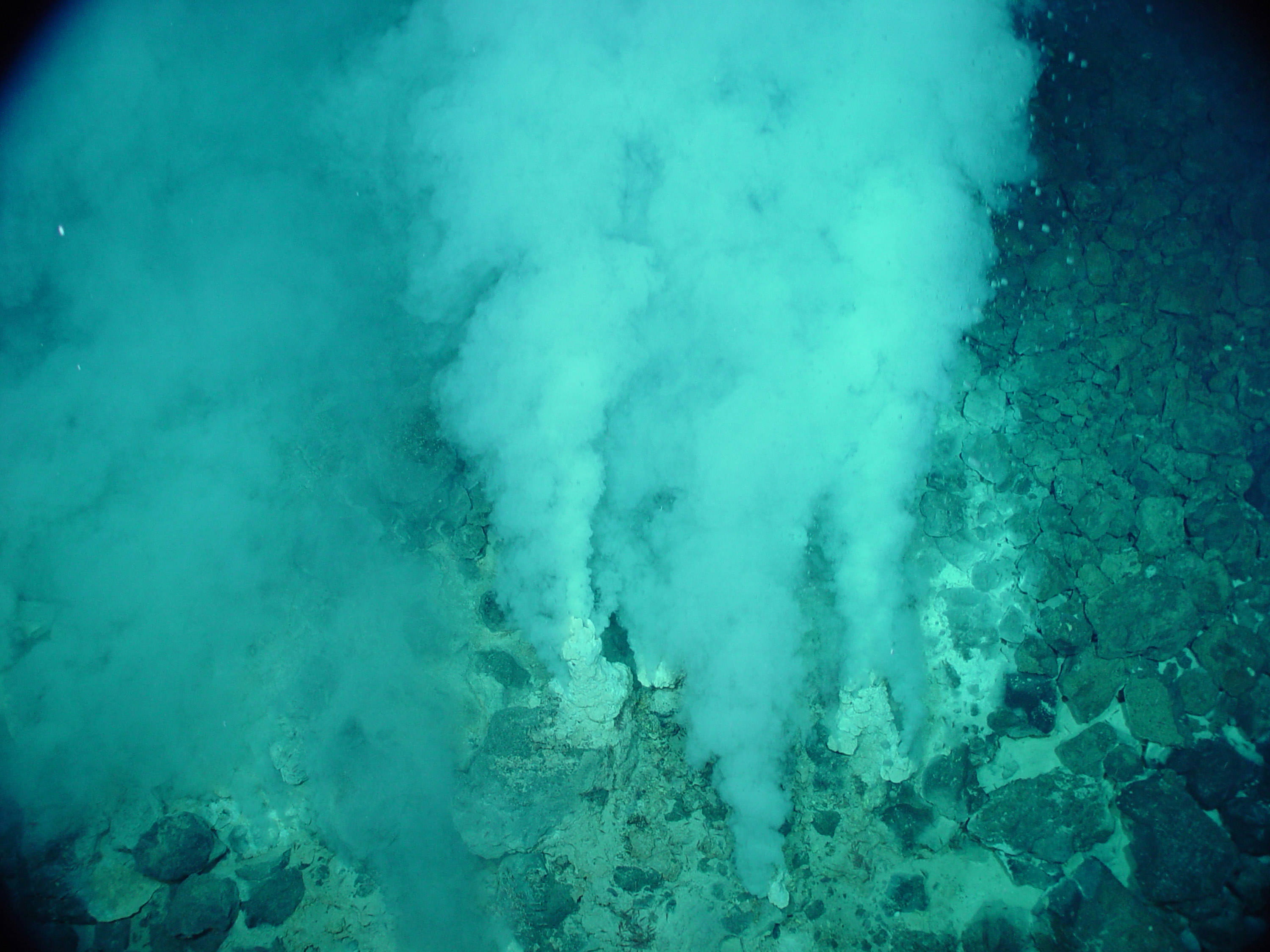
Life is everywhere on Earth today, spread into every possible ecosystem. But every form of life is also related to every other, sharing common ancestors further back in time. At some point there had to be a first organism, the first common ancestor for all life on Earth. The field of study, to understand how non-life became life is called abiogenesis, and it's still a vibrant field with many new discoveries coming out.
Read the full story by Paul M. Sutter
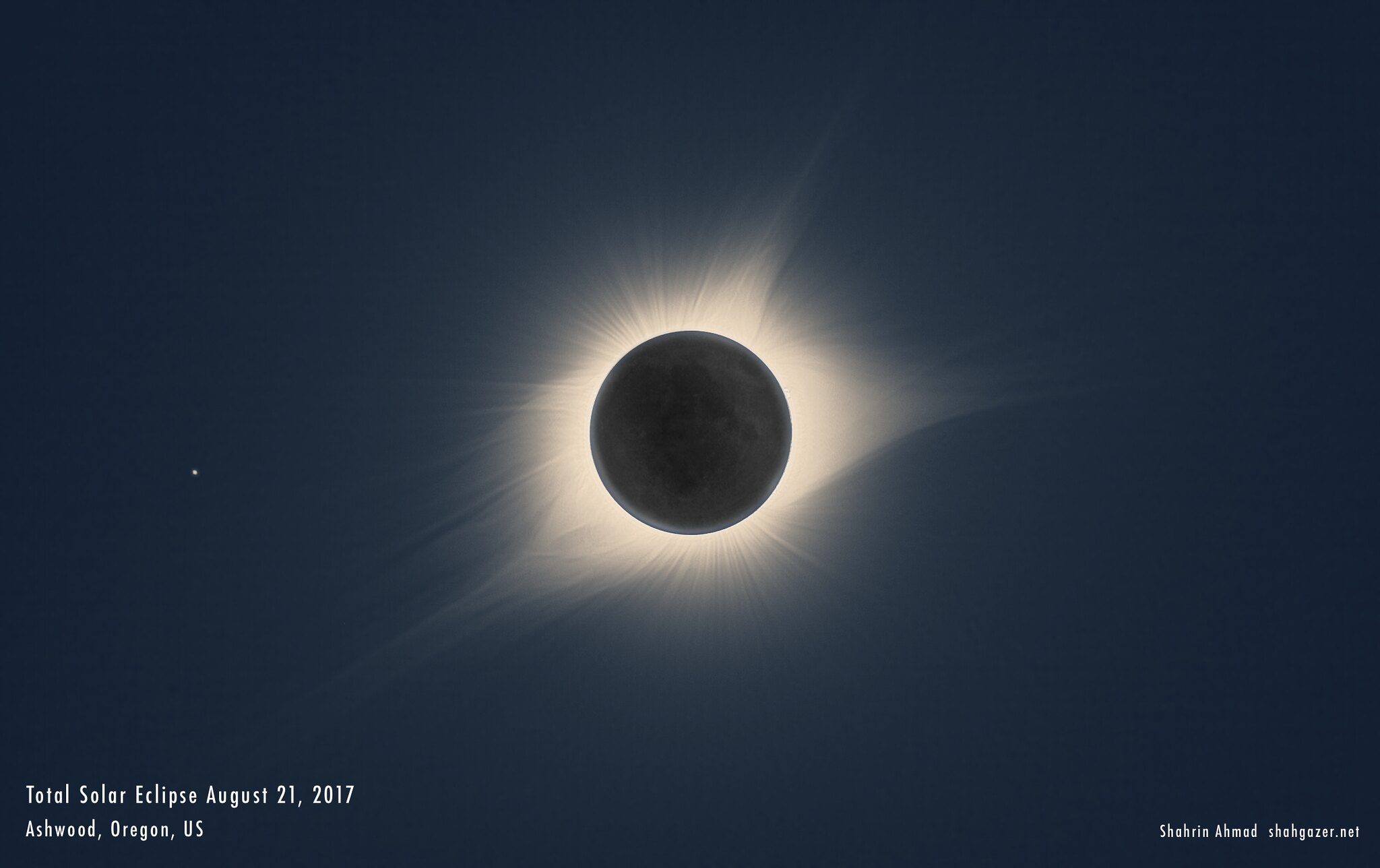
We're just a few months away from the next total solar eclipse. On April 8th, an eclipse will be visible from parts of Mexico, the US, and Canada, with the event passing directly over large cities along the eclipse pathway. It feels like total solar eclipses are "once in a lifetime" events, but we see a few of them every year. This article shows you how to look at eclipses through time and space.
Read the full story by David Dickinson

In the last few hundred million years, the Moon has shrunk by about 50 meters. That doesn't sound like much, but it's enough for moonquakes to cause landslides on steep slopes across the lunar surface. When astronauts return to the Moon as part of the Artemis III mission, they'll need to land in regions where they aren't at risk of a landslide. A new paper maps out a series of faults near the Moon's south pole and identifies regions at higher risk for astronauts.
Read the full story by Carolyn Collins Petersen
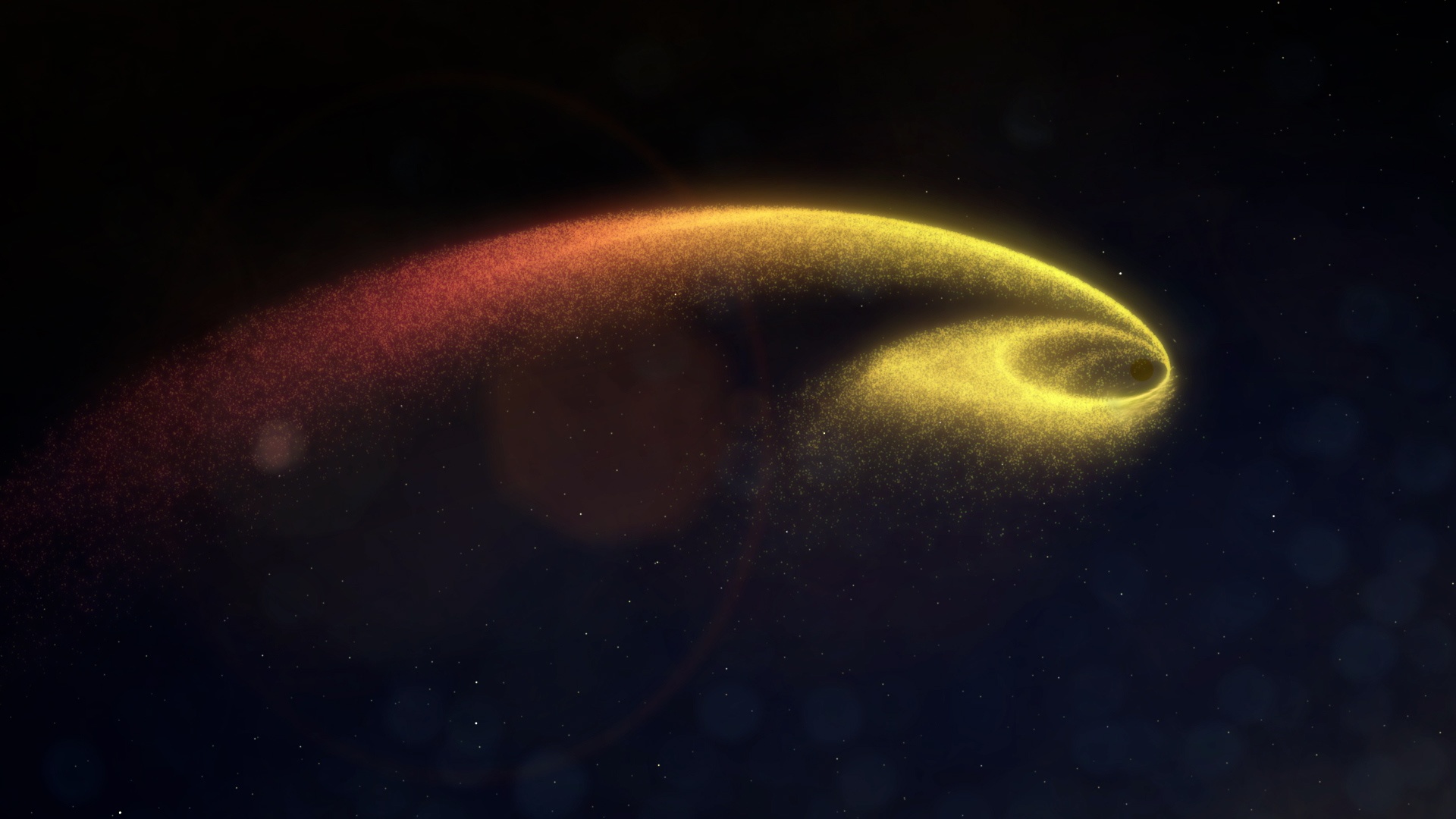
The first stars in the Universe were made out of the primordial hydrogen and helium left over from the Big Bang. They were probably monsterous, with dozens or even hundreds of times the mass of the Sun. They lived short lives and then detonated as supernovae. Current telescopes will have a tough time spotting these stars, but a new paper suggests that the upcoming Nancy Grace Roman Telescope might have a clever trick to spot them.
Read the full story by Brian Koberlein
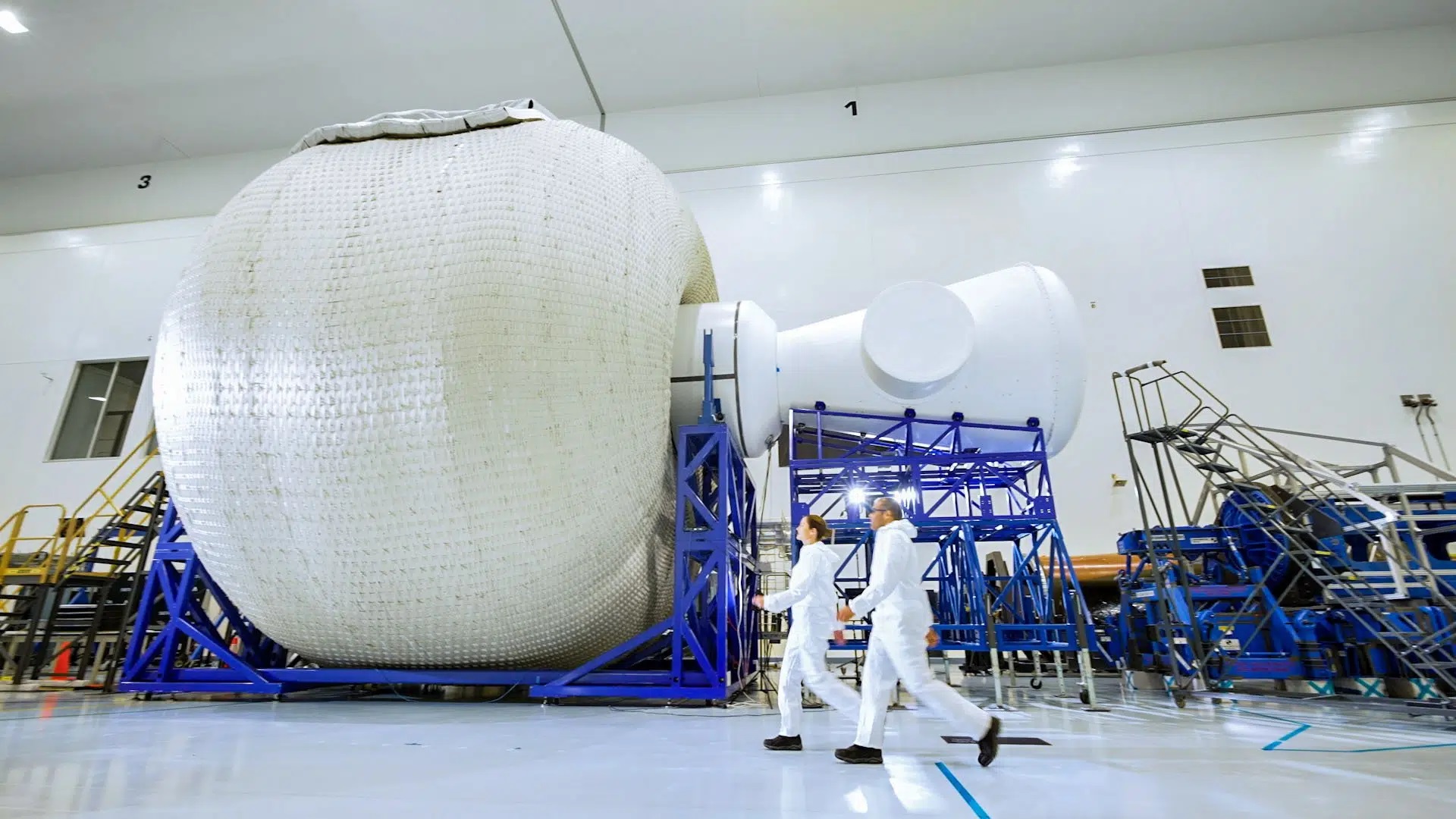
NASA and Sierra Space tested out a new full-sized inflatable space habitat, pumping it up with pressure until it burst. The Large Integrated Flexible Environment (LIFE) module is designed to be carried to space inside a rocket fairing and then inflated to its full size. In this test, Sierra pumped the module to 77 psi before it burst, meeting NASA's requirement of 60.8 psi. A future version could contain more internal space than the ISS in a single rocket launch.
Read the full story by Matt Williams
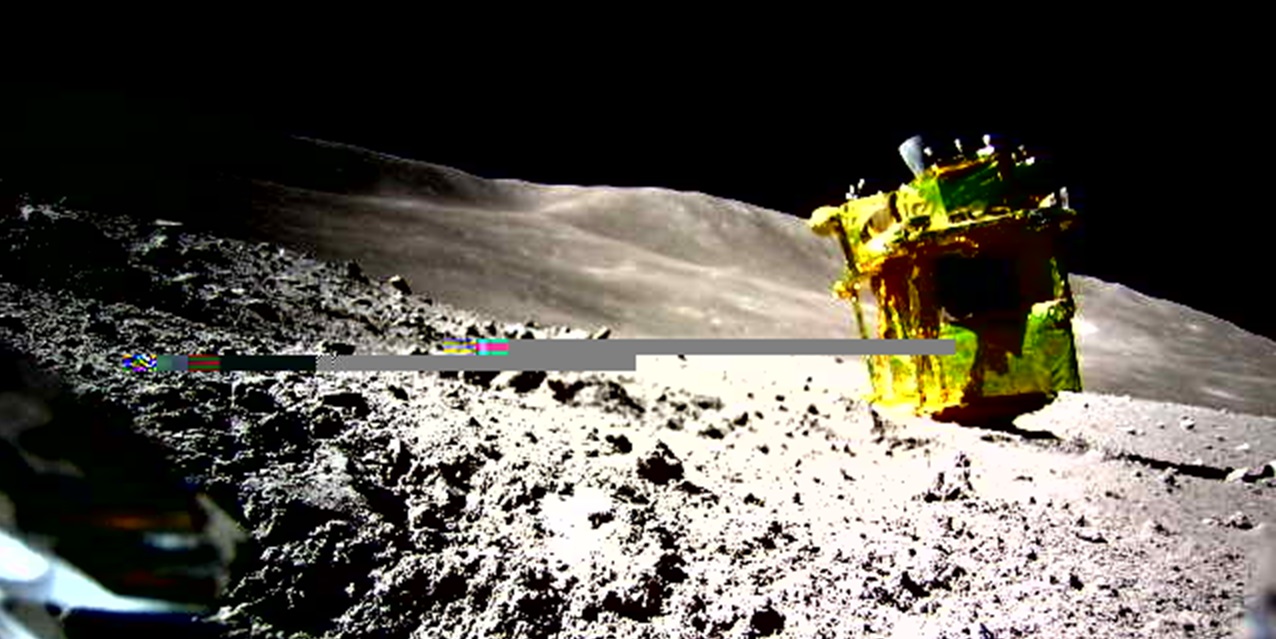
The Japanese Smart Lander for Investigating Moon (SLIM) landed exactly where it was supposed to last week, reaching a target of just 100 meters. During a press conference, officials revealed that SLIM's solar panels weren't generating power, so they shut it down to conserve battery life. A new picture from one of its rovers shows the problem: it's upside-down. The rovers independently send images and data to Earth so JAXA can analyze the situation.
Read the full story by Alan Boyle
Other Interesting Space Stuff
Thanks!
Fraser Cain
Publisher
Universe Today
As always, if you have comments or questions, or suggestions on how I can improve this newsletter, please don't hesitate to reply this email or email me at info@universetoday.com.

This work is licensed under a Creative Commons Attribution 4.0 International License.
Click here to Unsubscribe from this list.
Universe Today - #3400 333 Hunt Road - Courtenay, BC V9N 3R6 - Canada









































